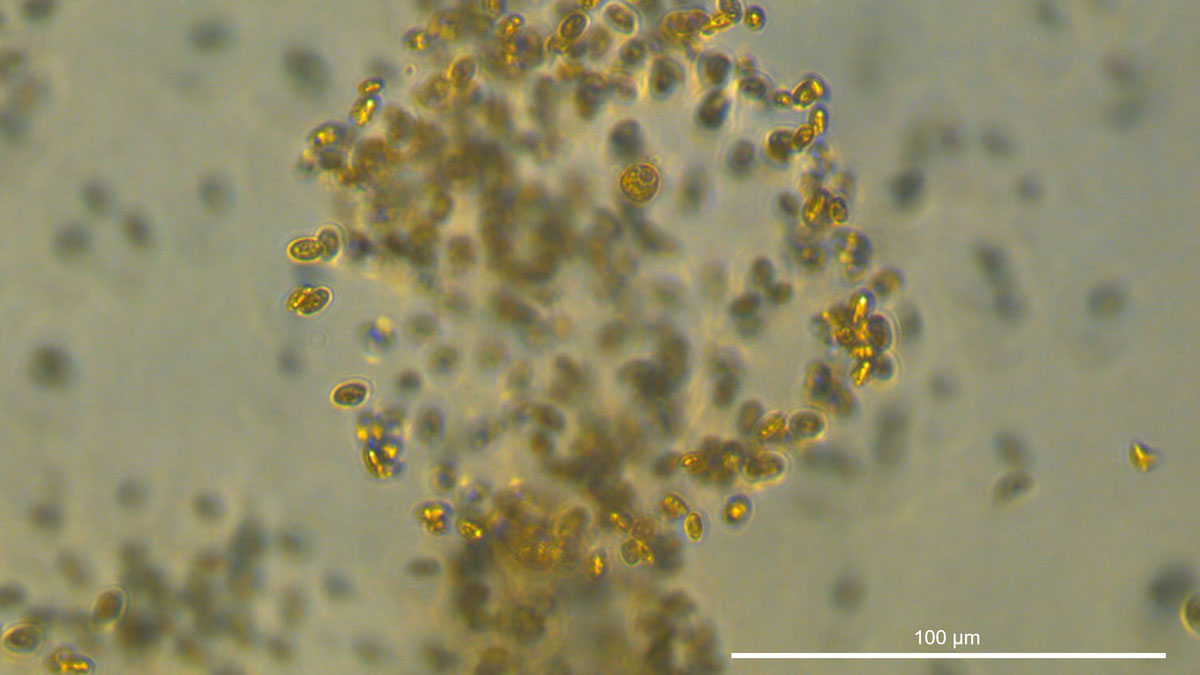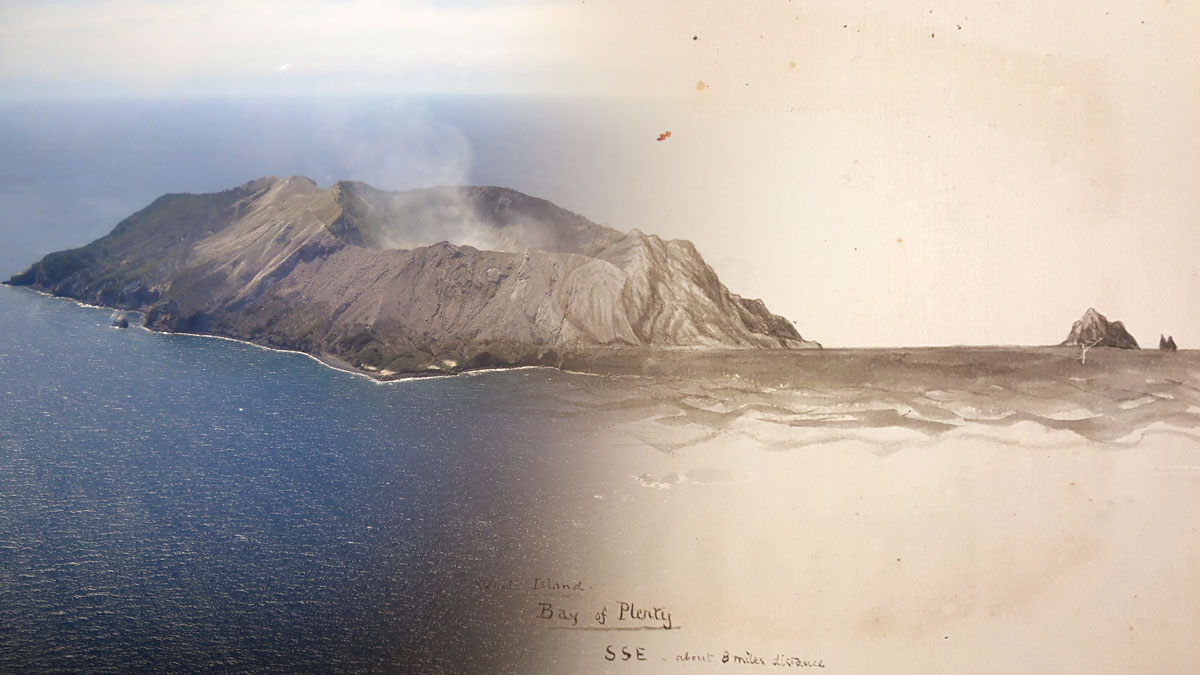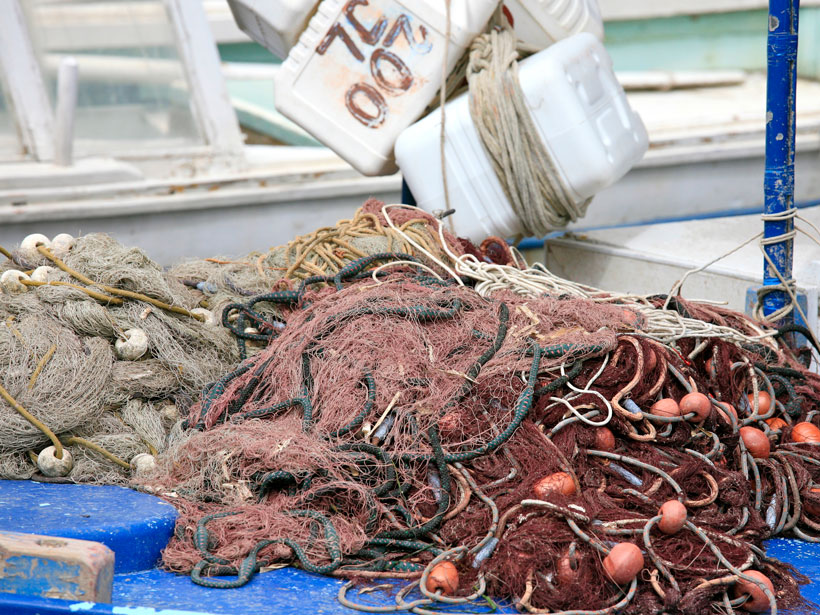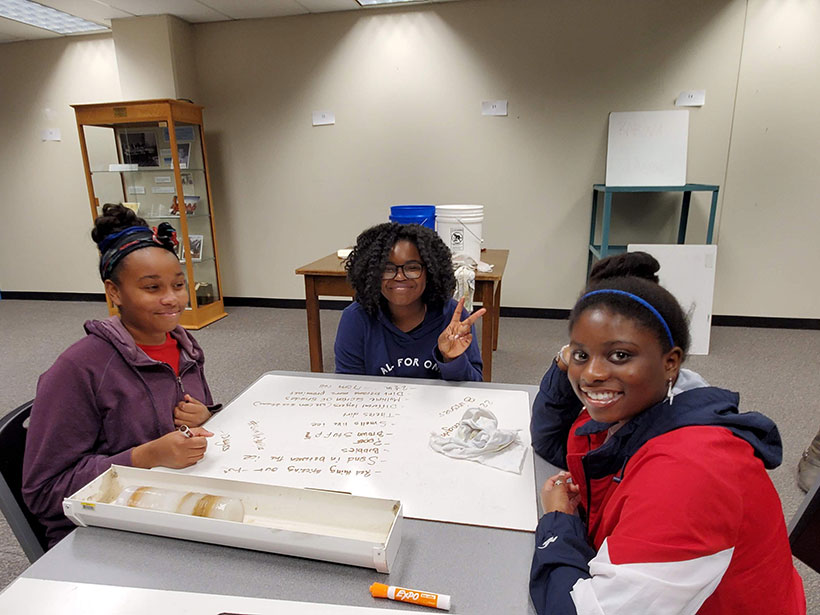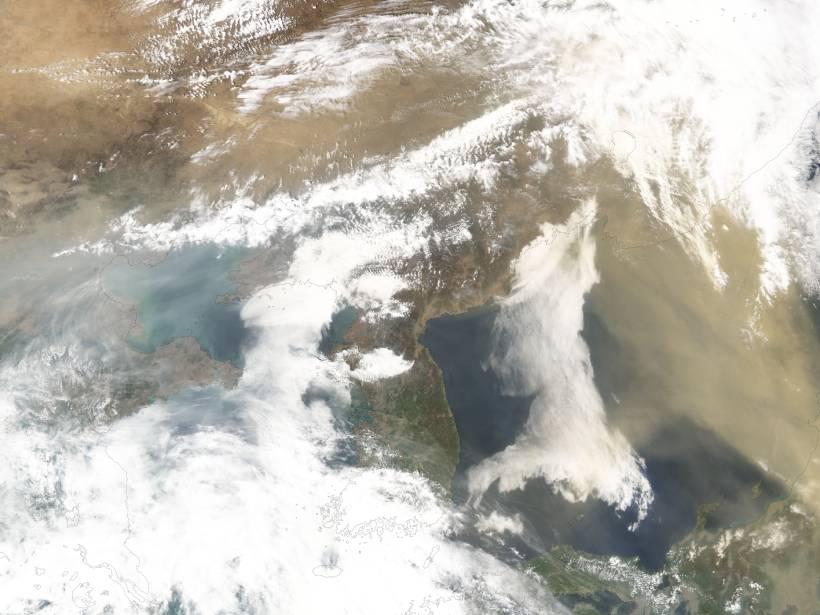High-intensity fires in western states kill mature trees and their seeds while warmer, drier conditions stress seedlings. But forest managers can still intervene to change this trajectory.
Nancy Averett
Stalagmites Show Evidence of Prolonged Droughts in India
A new study using oxygen isotopes reconstructs a prolonged record of India’s summer monsoons, showing much greater variability than modern data sets.
The Ocean Is Still Sucking Up Carbon—Maybe More Than We Think
Recent studies looking at carbon-sequestering microbes suggest we still have a lot to learn about the ocean’s biological carbon pump.
Studying Volcanoes through Myths, Legends, & Other Unconventional Data
Studying historic eruptions through a storytelling lens often improves our understanding of and ability to prepare for such events.
Tree Carbon Data That Ring True
An international group of researchers may have found a way to better account for carbon storage in forests.
New Contamination Concern for Colorado Streams
Abandoned hardrock mines and climate change cause metals and other elements to leach into streams. They also put rare earth elements into the water, a new study finds.
Getting to the Bottom of Trawling’s Carbon Emissions
A new model shows that bottom trawling, which stirs up marine sediments as weighted nets scrape the ocean floor, may be releasing more than a billion metric tons of carbon every year.
A Reminder of a Desert’s Past, Before Dingo Removal
A fence spans Australia’s Strzelecki Desert, keeping dingoes out of the southern side. Drone and satellite technology have illustrated how removing this top predator changes vegetation growth.
Cold Curriculum for a Hot Topic
Educators at ice core labs teach students hands-on lessons about climate change.
Dust on the Wind
A new study confirms that an important wind system is shifting due to climate change.



